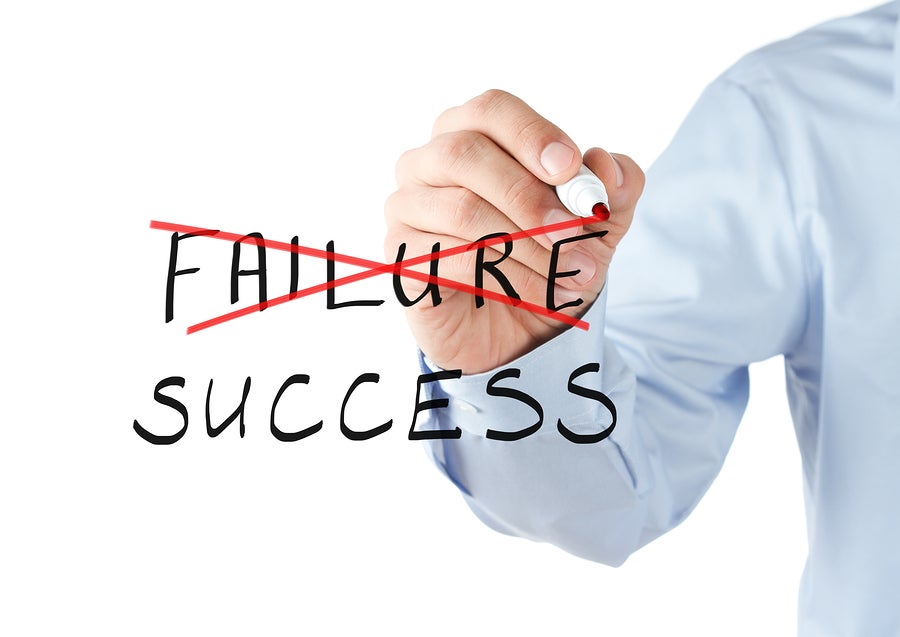A project’s success relies on how well it achieves KPIs and manages its resources. Resource management is identifying, coordinating, and managing the resources your team needs to achieve project milestones and complete deliverables. It involves making sure that tasks are assigned to specific and capable persons in charge, and that everyone has the tools, time, and information they need to achieve progress without going over the intended budget.
Let’s talk about key resources involved in project management, and the best ways for you to stay on top of them.
Read more: Resource Management Tools & Software
Types of Project Resources
Human Resources
Teams are at the center of all projects. Regardless of your field or industry, no tasks will progress without people to move them forward. Human resources are usually measured through person-hours.
Aside from time, however,
managing human resources will also involve specific skills or knowledge, depth of experience, work ethic, attitude, compensation, benefits, wellbeing, and more. Gather as much information as you can on your staffing requirements. This way, you can allow enough time to gather, screen, and acquire the talents you need.
Material Resources
Material resources are measured in quantities, as opposed to time. This can be meters, liters, pieces, tons, etc. The material resources your team will need can include raw materials, equipment, software, hardware, tools, information, properties, supplies, and more.
Identify the material resources involved in your project, and check which ones are available and which ones would have to be procured. If they’re immediately available, see if you need reservations and permissions for their use. If they’re yet to be procured, check on lead times, suppliers, cost, and funding.
Financial Resources
Financial resources include capital and funding for all material and human needs, along with the administration needed to stay on top of them. It’s what the project budget is based on, and it’s measured in terms of currency. Determining
how much financial resources you’ll need will follow a thorough accounting of all other resources.
Once you have those, consider taxes, transfer fees, exchange rates, and contingencies. Your fund sources for your project can come solely from your clients, or they can come from external investors and even crowdfunding initiatives.
Read more: Top 5 Human Resources Management Software
Top 10 Resource Management Best Practices
Identify Needs as Early as Possible
Thorough research in
your requirements phase is imperative for accurately identifying everything you’ll need for your project.
This will give you a good foundation as you work on your estimates, plans, and cost proposals. Having solid information during the proposal stage is an important step to set stakeholder expectations, and an effective way to secure the resources you’ll need to implement your plans.
Underpromise and Overdeliver
While it may be tempting to send low costs and short completion timelines to
win project bids, these practices may become a bigger problem during the later stages of your project lifecycle.
When proposing, it’s advisable to be honest and even cautious, with ample padding and contingencies. Be transparent about the challenges you foresee and even conservative, if possible. When issues or setbacks inevitably arise, this might work to your advantage.
Identify Risks and Prepare Contingencies
Foresight is a valuable skill in project management. Used well, it can allow you to fortify your team by securing resources to anticipate situations that might hinder your progress.
Take the time to think about worst-case scenarios. Then, evaluate how likely they are to occur and assess their impact. With these pieces of information, prioritize the most important risks, and see what you can do to prepare for them.
Read more: Risk Assessment Matrix
Vet External Suppliers Thoroughly
Not all the resources your project will need will be readily available. Some will have to be procured or outsourced. Because of this, working with reliable suppliers, contractors, or service providers can be the difference between success and massive cost overruns.
When picking external providers, apply due diligence in assessing their capabilities and track records. Once you’ve established a partnership, maintain rapport, send timely payments, and communicate effectively to build a strong and productive professional relationship.
Use Reliable Project Accounting Software
Tracking your resources as you use them in your project is a good way to stay on top of them. However, with so many moving parts, this can be easier said than done without the right tools.
Project accounting software can help you record and compile your project’s running cost at any time. This allows you to check and balance your efforts, foresee bottlenecks, prepare for shortages, and deliver accurate reports to your stakeholders.
Know Your Team’s Strengths
To maximize your human resources, consider each member’s experiences and capabilities and assign tasks that align with their strengths and expertise. Not only will it make them more effective, but it’ll also boost their morale when working on something they’re good at.
Another advantage of knowing your team’s competencies is it can help you avoid resource overallocation by giving someone too much work. After all, the amount of work an individual can handle will largely depend on their level of expertise. What would take a senior programmer an hour to fix might take a fresh graduate several days of work.
Check in Constantly
While it’s good to have software to track your resources, not everything can be visible on your dashboard.
- Check in on your people: Are they feeling under the weather? Are there personal issues they’re struggling with? Are there threats to their safety? Do they feel genuinely proud of the work they’re doing?
- Check in on your management: Are there sudden conflicts with your office administration? Are there anticipated expenses that might block your project’s funds? Are there resignations of key stakeholders that might impact your KPIs?
Attend town halls and read company emails because your team will probably be too busy to do so. Staying in the know can help you catch relevant concerns within your project.
Read more: Tips for How to Keep Clients Happy
Proactively Import Workflows
Everything in your project corresponds to a movement in your costs. Delays can usually result in an increase in costs, whereas finishing a project early might mean the opposite. Workflow changes that improve a team’s efficiency are great ways to manage project costs.
You can improve your workflow by streamlining communication, investing in better tools or equipment, facilitating training, or cleaning up your processes. Removing friction and bottlenecks before they become problems can help you maximize your resources in the long run.
Connect With Industry Experts
You may be an expert on project management, but it’s also beneficial to connect with specialists from your project’s industry. Industry and subject matter experts (SMEs) can help you foresee scenarios and trends for which you might have to prepare. They can also help you develop solutions and efficient methods to approach tasks.
When the situation calls for SMEs, they can provide advice, guidance, training, and more. Whether they are paid external consultants, experienced team members, or helpful stakeholders, building a relationship with industry experts can be extremely useful for you and your team.
Avoid Resource Dependency
The resource dependency theory, developed in the 1970s, defines when a business, organization, or project team relies too much on one supplier. This gives the supplier influence over them and leaves an organization vulnerable to abuse.
Apart from that, it also makes the team’s success dependent on that supplier’s productivity. To manage this, continuously build relationships with other suppliers and re-evaluate existing relationships. While building and managing these relationships may be a lot to work on and coordinate, only relying on one supplier is ultimately very risky.
Read more on TechnologyAdvice: What Is Vendor Risk Management Software & Do You Need It?
Maximize Efficiency With Resource Management
Resource management is ensuring that your team is equipped with the right materials, equipment, and information to take their next steps. With diligence, foresight, and communication, you can adopt habits and methods to maximize your team’s efficiency.





